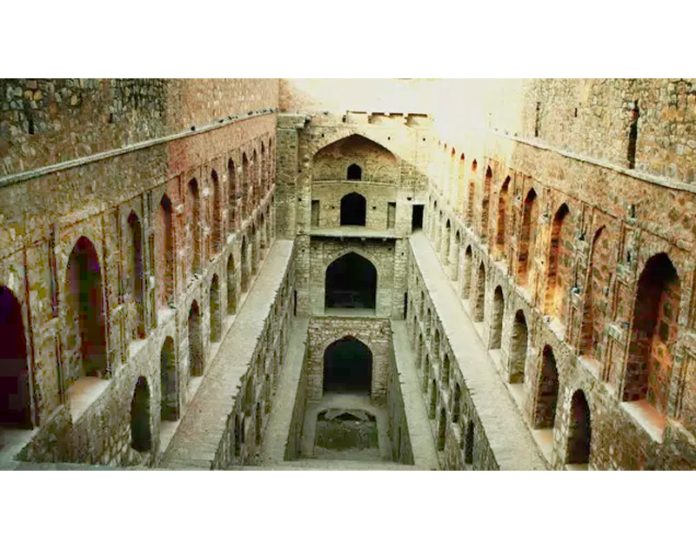In the landscapes of Jammu, there lies a hidden treasure-the ancient ‘Baolis’ or step-wells, intricately crafted marvels of water conservation and cultural heritage. These ‘Baolis’, integral to Dogra culture, are more than just reservoirs; they are emblematic of architectural ingenuity, communal identity, and a rich spiritual legacy. Yet, despite their historical and practical significance, these ‘Baolis’ are gradually slipping into oblivion, victims of time, neglect, and modern development. This unfortunate decline calls for an urgent intervention to revive and preserve these bastions of our heritage.
These ‘Baolis’ are rapidly deteriorating. In the face of urbanisation and piped water supply systems, the relevance of these structures has diminished, and many have fallen into disrepair or complete disuse. Sadly, some have even become dumping sites, losing both their utility and their cultural value. This decline is also a result of a cultural shift where fast-paced modern life has pushed traditional practices to the margins. Younger generations, with little connection to these ‘Baolis’, often lack awareness of their historical importance. Thus, it is no surprise that they have become an afterthought, neglected by both local communities and Government agencies.
Yet, there are compelling reasons why these ‘Baolis’ should be preserved. The ‘Baolis’ serve as reminders of Jammu’s rich heritage, revealing clues about the past through their carvings, idols, and architecture. They highlight the craftsmanship and aesthetics valued by the Dogra rulers and earlier patrons, and their architectural diversity reflects the region’s historical exchanges with neighbouring cultures and influences.
Recognising the significance of these ‘Baolis’, the Government has begun restoring some, such as the Chirayi ‘Baolis’, which is commendable but insufficient. A more robust and inclusive approach is needed. Efforts to restore and maintain the ‘Baolis’ should actively involve local communities, heritage conservation groups, and the Panchayati Raj Institutions. Community-led initiatives can revitalise these structures, making them places of collective pride and preserving them as living heritage sites. Youth groups, who once played a key role in cleaning and maintaining the ‘Baolis’, should be encouraged to take up these practices again. Furthermore, schools and cultural organisations can play a critical role by educating the younger generation about the historical and ecological significance of these ‘Baolis’, fostering a sense of responsibility towards their preservation.
The Government is emphasizing the preservation of heritage structures and has instructed district administrations to compile lists of monuments for restoration. District authorities could similarly be directed to focus on restoring these ‘Baolis’. Public sector undertakings could also contribute significantly under corporate social responsibility, setting an example for heritage conservation. If the intent is strong, numerous ways exist to achieve these goals. With Government focus, the restoration of these ‘Baolis’ could yield swift and impactful results.
Additionally, restoring the ‘Baolis’ can serve broader environmental and social goals. In an era when water scarcity looms large, these structures can be revitalised as rainwater harvesting systems. Promoting such traditional methods aligns well with sustainable development goals and offers a way to combat modern water issues by utilising ancient, proven techniques. If properly maintained, ‘Baolis’ could again become functional reservoirs that serve communities in times of water scarcity.
These ‘Baolis’ are not mere relics; they are living symbols of Jammu’s cultural identity. They stand as testaments to the ingenuity, spiritual life, and artistic sensibilities of past generations. Their preservation is a matter of respect for heritage and responsibility toward future generations. It is important to revive these priceless structures, ensuring that they remain more than forgotten ruins. The ‘Baolis’ must be treasured as assets, restored to their former glory, and cared for by the people whose lives they once sustained. It is still not too late to act. By restoring the ‘Baolis’, a new life can be given to these irreplaceable heritage sites, safeguarding them as symbols of sustainable living and cultural continuity. The challenge is significant, but so is the reward.
Trending Now
E-Paper


